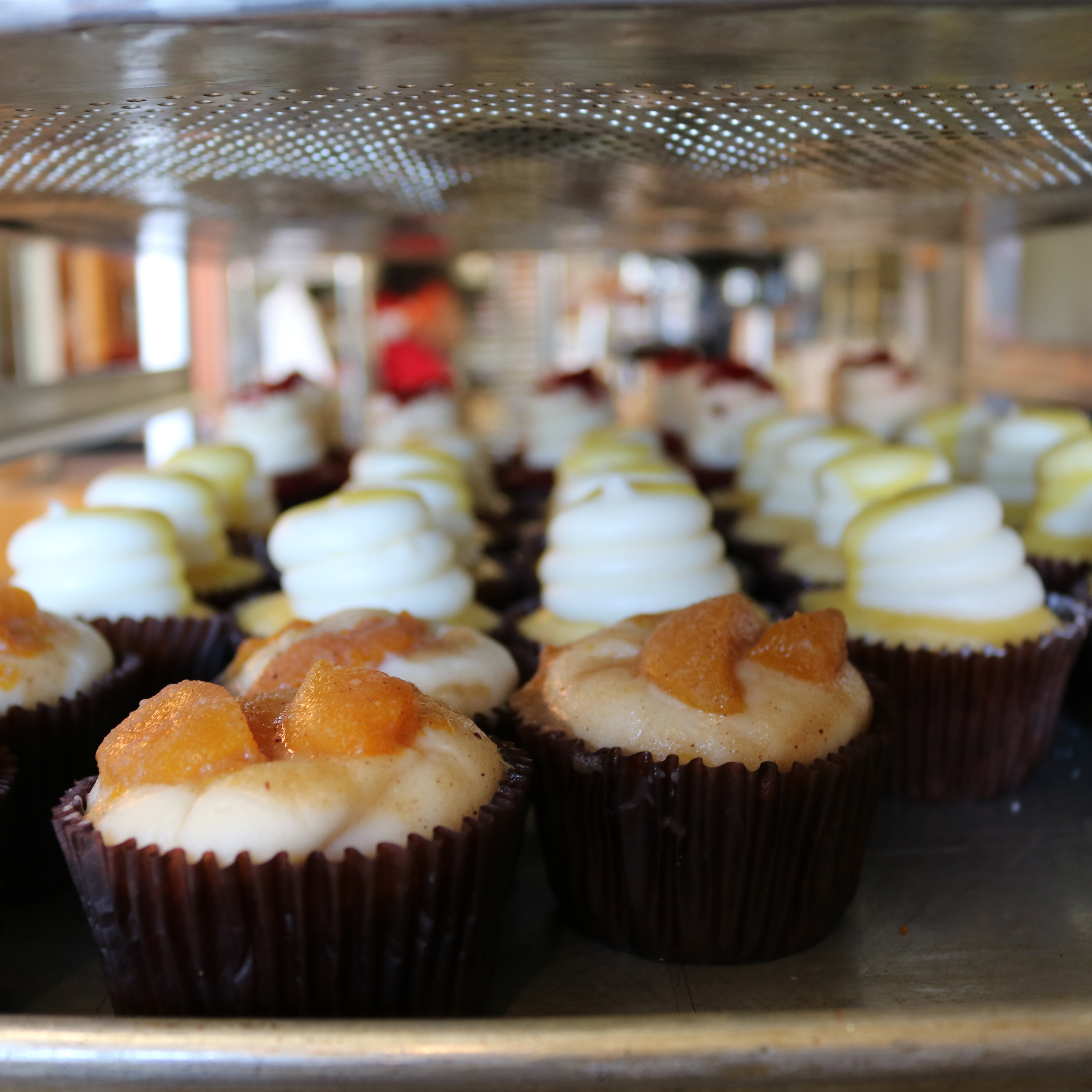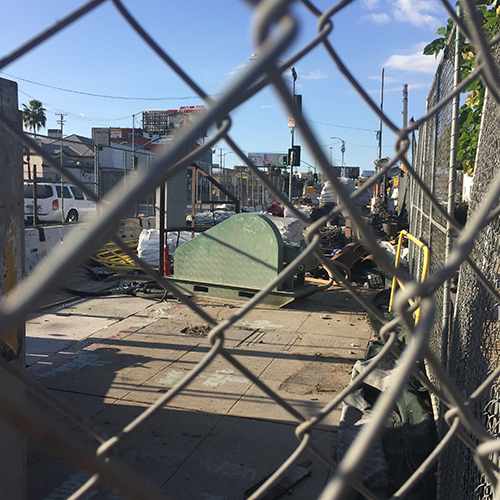
Angels Walk: Leimert Park
The walk will run through Crenshaw Blvd. starting Spring 2018.
Angels Walk has been telling the stories of different parts of Los Angeles since 1996. The main purposes of these walks are celebration and education. There is a lot rich history in Los Angeles, or any community for that matter, and it is valuable to be able to take ownership of these neighborhoods, and to know their histories.
The walks have two main elements: a guidebook and the 15 stanchions. The guidebook has over 50 sites listed as well as directions for getting from site to site. The stanchions are street installations that commemorate specific historical people, sites, and histories from the area.
"With every walk that I’ve gotten to help on, I’ve learned so many things that make places I’ve driven through or spent time in a hundred times so much more personal to me,” said Spencer Green, an employee in research and administration for the Angels Walks. “It makes us so excited to be a public resource for others to have the same experience.”
As far as local response, the Angels Walks are generally met with very positive reactions. People are happy to be celebrated and commemorated. It was made clear that every area is different, and most of the areas who have these Angels Walks are all thinking about the same thing: gentrification.
“We have had people suspect us of gentrification, but once we share our mission, I have only had good response in my experience,” said Green. “The people who are slower to jump on board have actually been some of the best resources for us, as in they have often directed us to organizations and individuals who are tied in with the community and know history and community dynamics. To us, we actually accomplish the opposite of gentrification.”
History as told by Mike and Candace from the Brimberry Barber And Beauty Salon
The next walk is scheduled to be finished in late Spring of 2018. The route will run along Crenshaw Blvd. starting at the West Angeles Church, around Exposition, taking a detour through Leimert Park on Degnan/43rd area, and then finishing up on Vernon.
“What we’re saying is these are changes happening, but you can’t always trust the state to tell your cultural story,” said Ben Caldwell, founder of the KAOS Network, an innovation facility to work ahead of the curve. “We have to be honest with how we tell our story and have everyone in it, including Asians and Latinos and Whites.”
According to Caldwell, the “early early” origins come from Balana Creek. This was a creek that ran in front of the park and Native American Village that was right up the street from the park. The next culture in Leimert was the Conquistadors. They set up the place that is also up the street called Sanchez-Adobe. Caldwell emphasized that Native American culture is not always shown in the history of Leimert Park, and in Los Angeles in general.
In the 1920s, almost 200 years later, Caldwell said “the Leimerts came and had the entire place built.” Caldwell also mentioned Leimert is a mixed cultural blend. “When the first influx of people came during the gold rush, it [history]changed to be less culturally focused with African and Indian blood but more toward new European,” he said.
“When they built it [Leimert Park] and tried to sell the neighborhood, even they were thinking in a restrictive covenant,” he said. “The idea behind the Angels Walk in Leimert is telling the story on early home, to make sure it isn’t forgotten to make it an intricate part of every story and not just some.”
The Angels Walk representatives said that many neighborhoods have organizations devoted to this, like the 20|20 Vision Initiative in Leimert. The walks are intended to make specific communities and their members feel represented and like valuable centers of Los Angeles.
“Our walks are not ‘trendy,’ and they’re not telling some tailored version of history to make a place look more attractive for living,” said Green.
Green also expressed that he has come across some frustration and worry, as the new station may be a vessel for gentrification that make the area more attractive to movers or renters.
“Based on the conversations I’ve had, it seems that many people are definitely wary of the new line, and nervous to see the impact it may have on their community and security,” he said. “We are so hoping that the impact of the line is only a positive and convenient one for the community.”
Local Los Angeles historian and former worker on the Central Ave. Angels Walk Alison Rose Jefferson said that the walks are strategically placed, looking at for areas that don't any commemoration in certain communities of color before.
“In Leimert those were the same intentions [commemorating communities of color] but in terms of how they came to that conclusion to put an Angels Walk there, they were thinking ‘oh this would be good for cultural tourism’,” she said. “And the new subway is coming through there, peaking interest of new people who wouldn't have necessarily come there before, essentially inviting new people to come to the neighborhood.”
The type of history to be commemorated in Leimert Park mainly consists of the businesses and individuals who had or have a presence along the route and an impact on the community. Some of these include:
- • West Angeles Church / Cathedral
- • Crenshaw Transit
- • The Holiday Bowl
- • Community Builders- highlighting Lula Washington, Celes King III, and Frank Holoman
- • The Los Angeles Sentinel
- • Crenshaw Square
- • Mayor Tom Bradley
- • Angelus Funeral Home
- • Baldwin Hills Crenshaw Plaza
- • Crenshaw Music Scene-highlighting Maverick’s Flat, the Pied Piper, and other nightclubs
- • Leimert Park Residential History
- • Leimert Park Village
- • The Vision Theatre
- • Leimert Plaza Park
- • The Urban League
The main contributing writer and researcher for the Leimert Park Angels Walk project is Erin Aubry Kaplan, who is quite connected and in-tune with the Crenshaw community and history. Kaplan and a team worked closely with the community to ensure accuracy and very often, the community was the main source for historical details, imagery, and even approval.
Caldwell hopes the Angels Walk will commemorate all of Leimert’s rich history. He expressed the answer is to really engage the change and “make it a community that you want.”
“It’s to see what the real story is, as opposed to the story of forgetting.”

How the Angels Walk will Work
This Thinglink will be a preview



